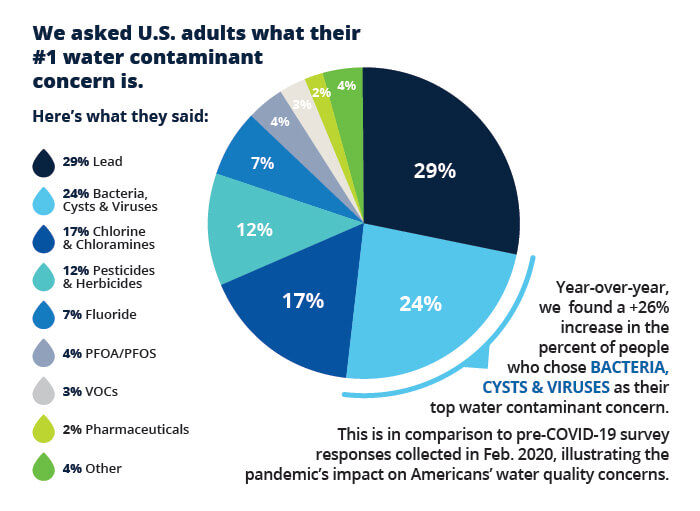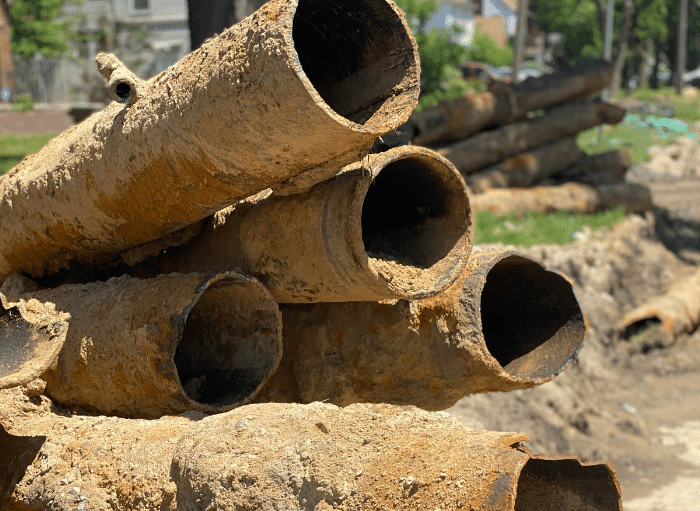Conclusion
Ultimately, our survey revealed that Americans continue to be concerned about lead. We learned that even during a pandemic, lead remained people’s top water contaminant concern. We also learned who was most concerned about lead contamination in tap water and their reasons for concern.
Most importantly, we learned that when purchasing a water filter to protect your daily water use from lead it’s imperative to check for certifications verifying the filter will actually remove lead. Aquasana offers a wide range of water filters that are NSF and IAPMO certified to remove up to 99% of lead among other contaminants. Browse our full selection of filters to find the right solution for your home, or contact us for more information and assistance.
This Lead Poisoning Prevention Week, take the opportunity to learn more about the water quality in your municipality and home, and make sure you are taking the proper steps to protect your family from the dangers of lead. Visit the CDC’s website to learn more about lead poisoning prevention and reducing childhood exposure to lead.
Survey definitions
Survey methodology:
- The findings presented in this article are the result of a March 2021 study of 2,143 U.S. adults, ages 18-79, conducted by Aquasana. (Confidence Level: 95%, Margin of Error: 2%)
Survey definitions:
Age Cohorts (based on Pew Research)
- Baby Boomers: 1946-64
- Gen X: 1965-80
- Millennials: 1981-96
- Gen Z: 1997-2012
Regions (based on U.S. Census map):
- Northeast: Maine, Massachusetts, New Hampshire, New Jersey, New York, Pennsylvania, Rhode Island, Vermont, Connecticut
- Midwest: Illinois, Indiana, Iowa, Kansas, Michigan, Minnesota, Missouri, Nebraska, North Dakota, Ohio, South Dakota, Wisconsin
- South: Alabama, Georgia, Kentucky, Louisiana, Maryland, Mississippi, North Carolina, Oklahoma, South Carolina, Arkansas, Tennessee, Texas, Virginia, West Virginia, Delaware, Florida
- West: Idaho, Alaska, Montana, Nevada, Arizona, New Mexico, Oregon, Utah, Washington, Wyoming, California, Colorado
Urban, Suburban, and Rural Classifications:
- The urban, suburban, and rural classifications we use are based on the database and definitions from Great Data, which developed their logic using U.S. Census data.



